The content of the article
- 1 Method number 1. Clay
- 2 Method number 2. Pots
- 3 Method number 3. Sawdust
- 4 Method number 4. Garden bed
- 5 Method number 5. Plastic bags
- 6 Method number 6. Sand
- 7 Method number 7. Moss
- 8 Method number 8. Husks
- 9 Method number 9. Paper
- 10 Method number 10. Freezer
- 11 Video: a super way to store carrots and beets
Carrots are those types of root crops that are extremely difficult to preserve for the winter until the next harvest. This is not surprising, since a completely natural vegetable quickly deteriorates. Many housewives invent complex ways of preservation, having no idea about the effective existing methods. We will now look at them in turn. So, let's begin.
Method number 1. Clay
One of the most effective options is to keep carrots in natural clay. For the manipulation you will need purified water at room temperature, clay, cardboard box, polyethylene film, garlic (optional, optional).
The safety of the root becomes possible due to the fact that the clay envelops the carrot and forms a thin layer on its surface. Therefore, the vegetable can not be obvetrivaniyu, frostbite, damage of a different nature.To date, there are 2 main methods of storage in clay.
Option number 1: carrots filled with clay
- Prepare a container for mixing ingredients, for example, a bucket. Pour the clay exactly half, fill with water. Stir until a homogeneous substance, leave for a day.
- After a specified period of time, the clay will swell, knead it and add more water. The liquid should rise by 4-5 cm above the main mass. Leave the mixture in this form for three days.
- Before you use the product, make sure that the clay has gained a creamy consistency. Now take the cardboard boxes and cover the bottom with polyethylene.
- Put the carrot in one row so that the fruits do not touch each other. Fill the contents with liquid clay, let the layer dry. Put the carrots in the second row again, repeat the steps with the filling.
- Continue to fill the roots with clay, laying out carrots in rows. Let each piece of clay dry thoroughly so that no moisture is formed. When the first box is full, repeat with the second one.
Option number 2: enveloping carrots with clay
- Not everyone is satisfied with the first painstaking method of pouring carrots with clay.Some housewives easier to dip root, dry and send to a place for long-term preservation.
- Prepare 2 types of talkers - garlic and clay. First, put the carrot in the first mixture, then the second. Between manipulations, leave the vegetable to dry out on the veranda or under the shed.
- When a “shell” of clay is formed on the surface of the carrot, move the root vegetable to the previously prepared wooden boxes. You can use cardboard boxes.
- To prepare the mixture with garlic, follow the instructions. Pass through a press a glass of peeled garlic teeth, connect with 2 liters. warm water. For the clay composition you need to mix bulk materials with water and get a creamy mass.
Method number 2. Pots
- In order to preserve the root vegetable as long as possible in its original form, it is possible to withstand carrots in large-volume enameled pans. To do this, the product must be thoroughly washed and cut tops.
- Spread the root vegetable in the sun, dry for a while. After that, the carrot must be placed in a container in an upright position. Lay a napkin on top of the product.Cover the pan with a lid.
- It is recommended to keep all containers with contents in a cool dark room. It is best to choose a dry cellar or basement. Thus, carrots can easily lie until the next harvest season.
Method number 3. Sawdust
- To translate this method into reality, you need to collect pine sawdust and prepare storage boxes.
- In needles, phytoncides accumulate, which prevent the germination of carrots and the evaporation of precious moisture from vegetables.
- It is advisable to take a wooden box with small holes for airing. You can drill the holes yourself.
- Similar to the method of sand, add sawdust to the bottom of the box so that the needles rise to 5-7 cm. Put the carrots, the roots should not intersect with each other.
- Powder the first row, send in the second box. Do this until the boxes are full. Each time overlap the vegetable with a new layer of sawdust.
Method number 4. Garden bed
- Often, gardeners keep their crops in the garden. After that, the root crop is dug out and consumed. But first you need to completely cut the tops.
- Next bed sprinkles coarse sand.Sand must be moistened and lined with plastic film on top of it.
- Following poured sawdust, fallen leaves, humus. At the end of the bed strewn with ruberoid. As a result, carrots easily endure the winter and retain all the qualities.
Method number 5. Plastic bags
- Take care of the presence of woven bags from 5 to 25 kg. It all depends on the number of carrots that must be preserved. Choose a cool place for aging vegetables with a humidity of 95%.
- Not many people know that carrots emit carbon dioxide during storage. Therefore, the bags do not need to close, keep them open. Carbon dioxide has the ability to accumulate in insignificant amounts and kill bacteria.
- Send carrots in bags, put indoors and wait for the next harvest. If condensation accumulates on the inside of the bag, scatter fine lime next to the vegetables. She will absorb all the moisture.
Method number 6. Sand
- When choosing sand, give preference to loamy, do not rely on the composition of the river. Take care in advance of the availability of boxes for folding and filtered water.
- This storage option is common among summer residents who leave the root crop for the winter in cellars, garage pits, underground. The sand prevents the evaporation of moisture from the cavity, so the vegetable retains its juiciness.
- Storage is carried out in wet sand. To do this, dilute the bulk composition with a small amount of water. To make it easier to navigate, stick to the proportions: 1 bucket of sand and 1 l. water.
- After the preparatory measures, take the box, pour the sand into it by 5 cm. Spread the carrots in one row, but so that the roots are not pressed against each other.
- Again sprinkle the contents of the box with sand, send the vegetables inside the second row. Repeat until the box is completely full.
Method number 7. Moss
- For a similar method of storing the root will need wooden or plastic boxes and sphagnum moss. Carrots do not need to wash, enough to dry the product in the sun.
- After that, it is recommended to continue the procedure in a dry cool room. Soak root vegetable during the day. After the procedure, start spreading carrots alternately with moss.
- The latter has a kind of preservative effects.Moss is able to contain the necessary amount of carbon dioxide. In comparison with other materials, sphagnum does not give the boxes extra weight.
Method number 8. Husks
- Not less effective way to store the root is the content of carrots in onion peel. The method is very similar to how the product is stored in coniferous sawdust.
- Esters, which are contained in the garlic and onion peel, prevent rotting. So the carrot will lie for a long time without spoiling.
- Products must be folded in a drawer in layers. For this you need onion and garlic husks. Keep the root vegetable in a suitable place with low humidity.
Method number 9. Paper
- You can do the above ways or store carrots in paper. To do this, each root must be wrapped in a newspaper or parchment.
- In order that the pests do not gnaw the carrot during the aging in the basement, it is recommended to put dried mint leaves. Cover raw vegetables around.
Method number 10. Freezer
- If you have brought a small amount of the crop for the season, the product can be put in the freezer.
- In this case, the carrot is best to pass through the combine and packaged in portion packets.
To keep the carrot as long as possible, try to achieve optimal moisture levels (about 90%). In this case, the temperature should be within 0. Choose for yourself and your family the best method for storing root vegetables.
Video: a super way to store carrots and beets

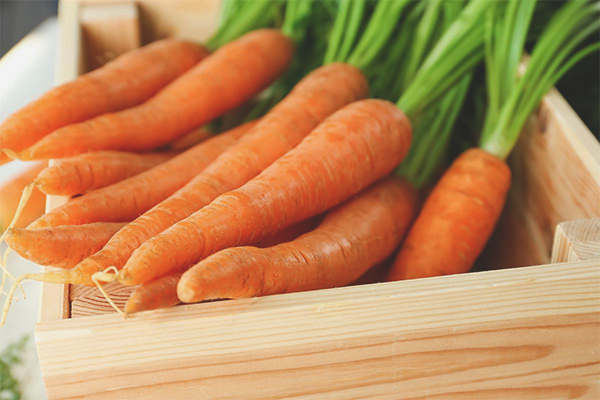
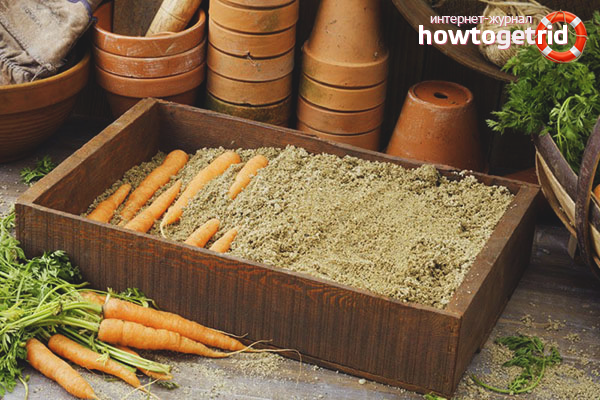

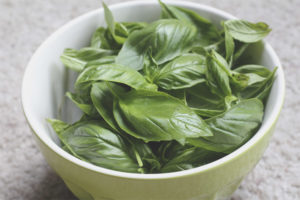
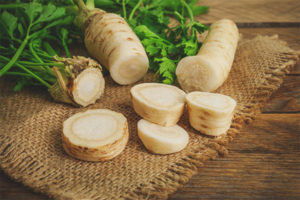
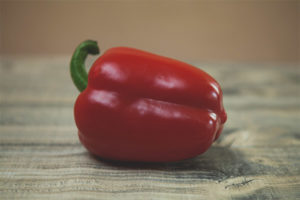

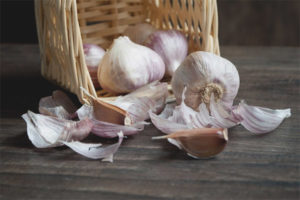

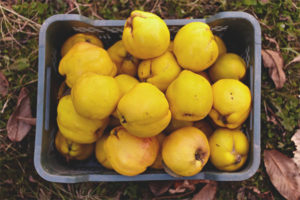

To send